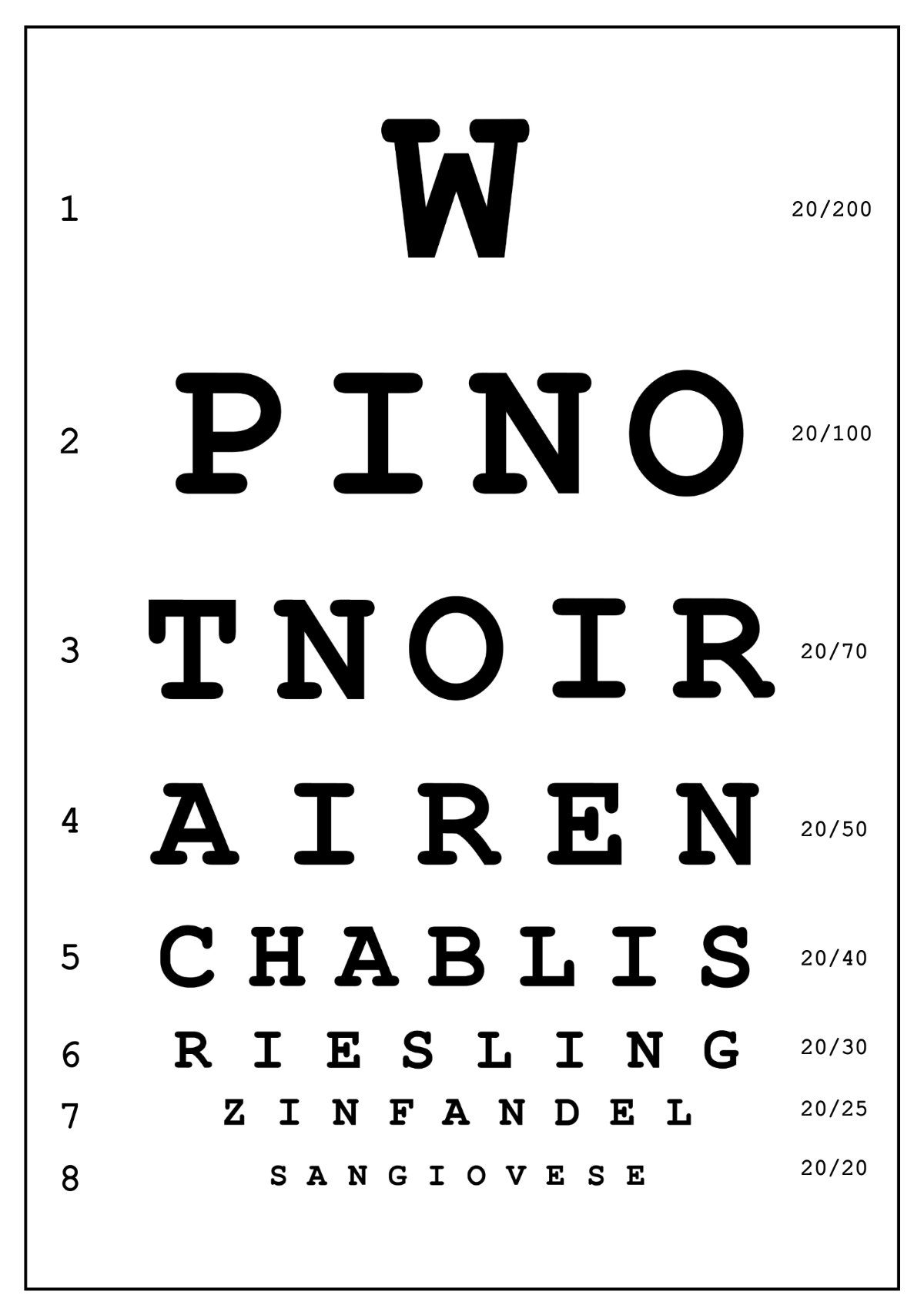Ever wondered about those pointy teeth in the front of your mouth? Often called “eye teeth,” dentists know them as canines, playing a crucial role in dental health. This comprehensive guide covers development, potential problems, and maintenance, ensuring a healthy smile for years to come. From common issues to expert prevention tips, feel confident in understanding and caring for your canine teeth. For severe issues, see information on tooth extraction.
Eye Teeth: A Comprehensive Guide to Canine Tooth Health
Your eye teeth, also known as canines or cuspids, are the prominent, pointy teeth at the corners of your mouth. The term “eye teeth” stems from their proximity to the eyes and their significance in dental structure. These teeth are crucial for your smile, playing a pivotal role in chewing and overall oral health.
Understanding Your Eye Teeth: Anatomy and Function
Eye teeth have a unique design with a single, sharp point (cusp) ideal for tearing food, with incredibly long roots embedded in your jawbone. Think of tearing into a juicy steak or crunchy apple, showcasing their tearing power. Their strong anchoring supports facial structure and keeps other teeth aligned. A missing or damaged canine can disrupt your bite, affecting chewing ability and overall dental health. Canines assist in speech production, contributing to clear articulation.
Eye Teeth Development: A Childhood Journey
Permanent eye teeth typically emerge in childhood, between the ages of 9 and 12. Sometimes, they may get stuck beneath the gum line (impacted) or erupt at an odd angle (misaligned). Early detection is key to preventing major bite problems. A pediatric dentist or orthodontist can intervene and help correct these issues, making a significant difference in long-term dental health. Regular monitoring ensures proper alignment with adjacent teeth, which is critical for a balanced bite.
Keeping Your Eye Teeth Happy and Healthy
Good oral hygiene is crucial for maintaining healthy eye teeth. Brush and floss twice a day to remove plaque and food particles that can lead to cavities and gum disease. Consistent oral hygiene not only prevents tooth decay but also contributes to overall systemic health. Regular dental checkups are essential for early detection of potential issues and maintaining optimal oral health. Are you aware that consistent oral hygiene can reduce the risk of cavities by up to 40%, as shown in recent dental health studies? Using fluoride toothpaste strengthens enamel and protects against acid erosion.
Eye Teeth and Your Appearance: The Aesthetics of a Great Smile
Eye teeth contribute significantly to your smile’s aesthetics, promoting facial symmetry and balance. Straight and healthy canines enhance your smile’s attractiveness, boosting your confidence. Taking care of them is not just about dental health but also about improving your overall self-esteem through an enhanced appearance. Well-maintained canines also support lip structure, adding to a youthful facial appearance.
When to Call Your Dentist: Recognizing Potential Problems
Regular dental checkups are critical for the early detection of dental problems. If you notice pain, sensitivity, or changes in alignment, or if you see signs of decay, consult your dentist immediately. Don’t delay professional care for your teeth. Common signs of potential problems include persistent bad breath, bleeding gums, and visible changes in tooth color or texture.
Treatment Options: Addressing Eye Tooth Issues
Treatment depends on the issue identified by your dentist. Simple issues, like small cavities, might need a filling. More complex issues, like misalignment, may require orthodontic treatment, such as braces or aligners. In severe cases where a tooth is severely damaged or impacted, extraction might be necessary. Your dentist will assess the situation and recommend the best approach, ensuring long-term oral health. Advances in dental technology offer minimally invasive treatment options for many canine-related issues, preserving as much natural tooth structure as possible.
A Summary of Eye Tooth Care: Key Takeaways
| Aspect | Key Considerations |
|---|---|
| Anatomy | Strong, single-cusp design; exceptionally long roots providing firm jawbone anchorage. |
| Function | Primarily tearing and ripping; essential for maintaining proper bite alignment and speech. |
| Development | Monitor eruption in childhood; early intervention for impaction or misalignment is crucial. |
| Maintenance | Diligent oral hygiene (brushing, flossing); regular dental checkups are paramount. Using fluoride toothpaste strengthens enamel. |
| Potential Problems | Impaction, misalignment, cavities, gum disease, and damage from trauma are all possibilities. |
| Treatment Options | Range from simple fillings to orthodontics, potentially including extraction in severe cases. Advanced techniques offer minimally invasive solutions. |
Remember, eye teeth play an important role in dental health and facial aesthetics. Take care of them and discuss any concerns with your dentist, ensuring a healthy smile and self-confidence for years to come. Ongoing research refines our understanding of canine tooth development and care, so staying informed is essential. Emerging treatments focus on regenerative approaches to restore damaged canine teeth.
How to Prevent Canine Tooth Impaction in Children
Canine tooth impaction is when the tooth doesn’t emerge as expected and can cause pain, swelling, and teeth misalignment. With early detection and proactive care, you can greatly improve their dental health.
Key Takeaways:
- Regular dental checkups are crucial for early detection.
- Genetics and environmental factors influence impaction risk.
- Orthodontic treatment can often prevent or correct impaction.
- Surgical intervention may be necessary in severe cases.
- Early intervention significantly improves treatment outcomes.
Understanding Canine Teeth and Impaction
Canine teeth, or eye teeth, are crucial for biting, chewing, and overall dental health. They’re the longest teeth, and their strong roots anchor them firmly. Sometimes, they become impacted—stuck beneath the gum line or unable to fully erupt—causing pain, swelling, and misalignment. Understanding how to prevent canine tooth impaction in children is key. Impaction can lead to crowding, damage to adjacent teeth, and even cyst formation.
Identifying Risk Factors
Several factors increase the likelihood of canine impaction. A small jaw or crowded teeth due to genetics can reduce space, which impacts their development. Previous injuries to the jaw and poor oral hygiene can further complicate things. Did you know that children with a family history of tooth impaction are twice as likely to experience it themselves, according to the American Association of Orthodontists? Other risk factors include retained baby teeth and the presence of extra teeth (supernumerary teeth).
Early Detection: The First Step
Regular dental checkups, around age 6 or 7, are vital. X-rays allow dentists to see developing permanent teeth before they emerge, allowing for early intervention. Be alert to signs of delayed eruption, pain, or swelling in your child’s gums. Panoramic X-rays provide a comprehensive view of all developing teeth, aiding in early diagnosis.
Prevention Strategies: A Multifaceted Approach
How can you prevent canine tooth impaction in children? Consider the following preventative measures.
- Regular Dental Checkups: Early and frequent checkups are paramount for monitoring developing teeth. These checkups should include a thorough examination and necessary X-rays.
- Orthodontic Intervention: Early orthodontic treatment can create space for canines to erupt properly for overcrowding or jaw size issues. Braces are often a solution. Palatal expanders may also be used to widen the upper jaw.
- Good Oral Hygiene: Maintaining excellent oral hygiene—brushing, flossing, and regular cleaning—reduces the risk of infection and related complications. Education on proper brushing techniques is also essential.
Treatment Options
If impaction occurs, various treatments are available, ranging from orthodontic appliances to surgical procedures. Braces or other appliances can guide the teeth into the correct position in less severe cases. If the canines are deeply impacted, surgery may be necessary to expose them and facilitate their eruption. In rare situations, extraction may be a last resort. The choice of treatment depends on the severity of impaction, the patient’s age, and overall dental health.
The Role of the Orthodontist and Oral Surgeon
Orthodontists and oral surgeons work together to address impacted canines. Orthodontists focus on using braces to create space or gently guide the teeth into position. Oral surgeons skillfully perform procedures to expose impacted canines. The specialist needed depends on individual cases. Collaboration between specialists ensures comprehensive and effective treatment.
Long-Term Care and Monitoring
Even after treatment, regular dental check-ups are essential to monitor the stability of the teeth, especially if braces or other orthodontic devices were used. Retainers are often used to maintain the corrected position of the teeth after orthodontic treatment. Consistent monitoring helps prevent relapse and ensures long-term dental health.
Canine Tooth Impaction Treatment Options and Prevention Strategies for Pets
Canine Tooth Impaction Treatment Options and Prevention Strategies are essential for maintaining your furry friend’s dental health. Learn how to identify, treat, and prevent this common issue in dogs.
Key Takeaways:
- Canine tooth impaction is a common problem affecting several dog breeds.
- Early detection through regular veterinary check-ups is crucial.
- Treatment options range from simple extractions to complex surgical procedures.
- Proactive dental care at home significantly reduces the risk of impaction.
- Understanding breed predispositions helps in preventative care.
Understanding Canine Tooth Impaction
Canine tooth impaction, where a canine tooth fails to erupt normally, is a significant veterinary dentistry concern, affecting breeds like Bulldogs and Poodles due to their unique facial structures. Genetics, jaw anatomy, and diet can contribute to this issue. Brachycephalic breeds (short-nosed dogs) are
- Bento Box Trays Streamline Restaurant Meal Presentation and Transport - December 13, 2025
- Plastic Bento Boxes Face Scrutiny Over Sustainability Impacts - December 11, 2025
- Bento Tray Revolutionizes Organized Meal Transport and Presentation - December 10, 2025










